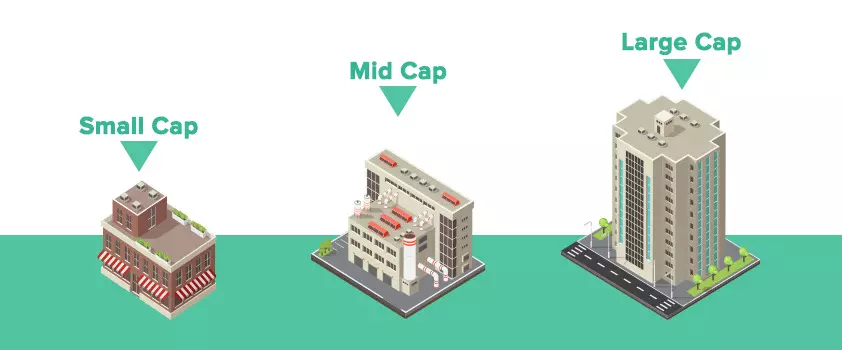Large Cap Funds vs Small Cap Funds: Which scheme is better for you?
image for illustrative purpose

Portfolio diversification involves putting money into mutual funds as a way of increasing the money, and this requires knowledge of large-cap and small-cap mutual funds. Each of them possesses some characteristics, benefits, and possible drawbacks that make using the respective fund appropriate in certain cases, but not in others. Large-cap and small-cap funds are investment products that are synthesized relying on an individual investor’s financial objectives, tolerance to risk, and time horizon. For those considering any investments, researching the best large-cap or best small cap mutual funds is crucial to maximize growth potential while managing risks.
Large Cap Funds
Large-cap funds deal in those shares which are of large capitalization companies with a market capital of more than $l0 billion and which are stable and have continuous growth. These securities can therefore be recommended to conservative investors because they are relatively risk-free, provide stable dividend yields, and are highly liquid in the market. But compared to small-cap funds, they often develop more slowly, especially in strong market conditions. They offer a dependable investment alternative with consistent cash returns and a track record of success in varying market conditions, despite their slower development.
Small Cap Funds
Small-cap funds deal with those companies whose market capital is between $300 million to $2 billion. These funds are typically young and have high development potential. These companies can yield exceptional returns in a robust economy. These funds, however, carry a larger risk and are more volatile; they frequently have problems with liquidity and credit risk. Although small-cap stocks can be difficult to sell without depreciating the stock's value, they can provide chances for rapid growth and profit from market inefficiencies.
Which Scheme is Better for You?
The choice between large-cap and small-cap funds depends on several factors:
1. Risk Tolerance: Large-cap funds may satisfy the needs of individuals with small risk appetites because of the conservative nature of these investors. On the other hand, investors willing to trade certain, small returns for a greater possibility of larger gains could consider small-cap funds.
2. Investment Horizon: Small-cap funds are useful for investors who are willing to have a long-term investment horizon since such funds have high growth prospects. For instance, acute traders may prefer large-cap funds due its relative safety in the market compared to other options.
3. Liquidity: Specifically, floaters usually grant higher liquidity because of being large cap funds which facilitate entry and exit of positions with minimal effects on the price. Small-cap funds contain potential risks – for example, small-cap funds may struggle to find buyers for their assets, especially during a downturn in the market.
4. Market Conditions: Consider the state of the economy and market conditions in the current times. Small-cap funds may outperform large-cap funds in expanding economies, whereas large-cap funds may do better in stable or decreasing markets.
Overall, there are significant differences in fund performances between the two types: small-cap or large cap mutual funds. The most suitable fund can be determined by the specific investor’s needs, including desired returns and risk tolerance as well as an investment plan. A balanced portfolio is often suggested as it includes both large-cap and small-cap funds to spread risk and capitalize on different market conditions to grow your investments.

